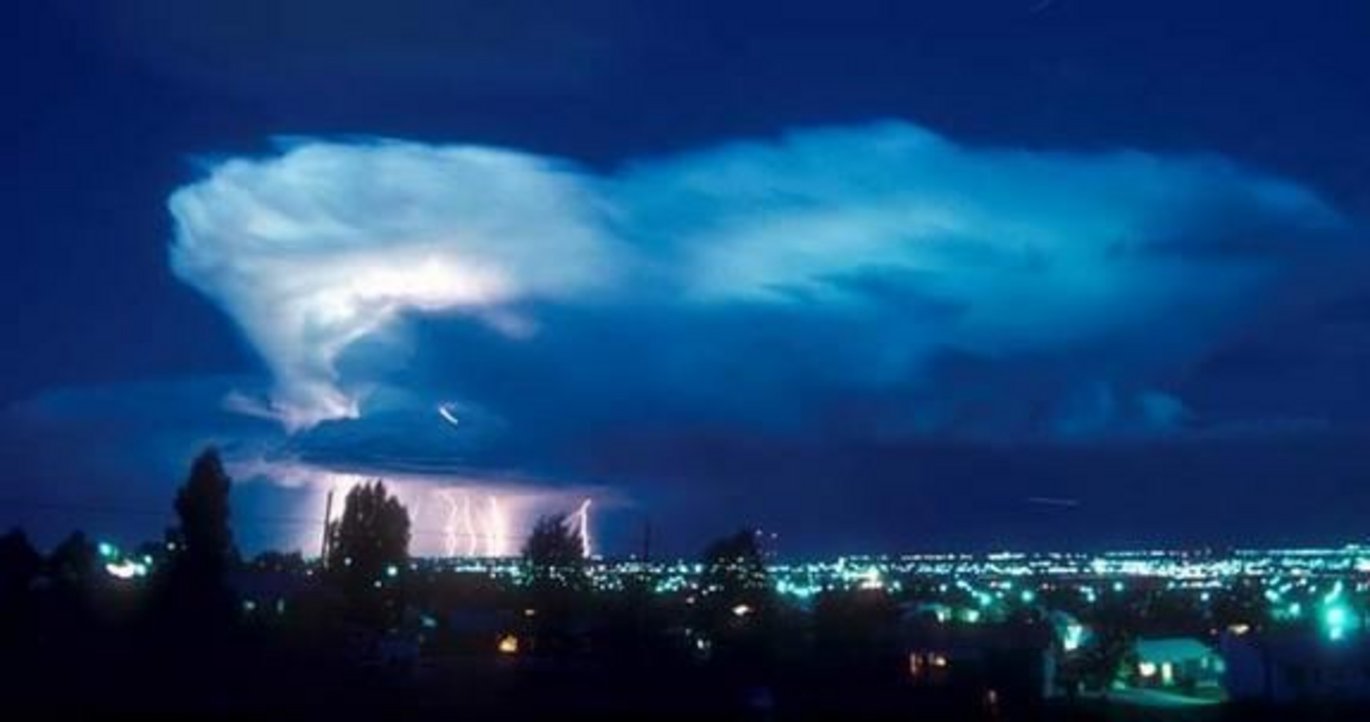A Window into the Microbial and Chemical Inventory of a Storm Cloud
The storm clouds in Earth´s atmosphere are filled with microbial life according to a new study by researchers from The Stellar Astrophysics Centre at Aarhus University.

The research, published January 23 in the journal PLoS One, revealed that hailstones drawn from storm clouds harbor several species of bacteria that tend to reside on plants, as well as thousands of organic compounds normally found in soil. Some of the bacterial species can seed the tiny ice crystals that lead to rain, suggesting they play a role in causing rain.
"Those storm clouds are quite violent phenomena," said study co-author Tina Santl-Temkiv, a microbial ecologist at The Stellar Astrophysics Centre, Aarhus University, Denmark. "They are sucking huge amounts of air from under the clouds, and that's how the bacteria probably got into the cloud."
Living on a cloud
Researchers have found bacterial life in clouds that drift over mountaintops in the past, and bacteria have been found as far up as 40 kilometers and may even survive as spores into space. In the new study Temkiv and her colleagues wanted to see if bacteria lived in the violent storm clouds that hover above the Earth's surface.
To find out, they studied 42 hailstones that had formed in a thunderstorm over Ljubljana, Slovenia, in May 2009, and after carefully removing the outer layer and sterilizing the hailstone, they analyzed its chemical composition. By performing a detailed molecular characterization of water-soluble organic matter in hailstones and by aligning the potential substrates with the characteristic bacterial genera present in the cloud, they investigated the possibility of microbial growth in the storm cloud.
The team found thousands of organic, or carbon-containing, compounds — nearly as many as found in a typical river, Temkiv said. In addition, they found several species of bacteria that normally live on plants. Some of the bacteria make a pinkish pigment that allows them to withstand the punishing ultraviolet rays in the atmosphere.
Some of bacteria found are ice-nucleators, meaning they can act as seeds for ice crystals to attach to in the clouds above Earth. When these same ice crystals get large enough, they fall as rain or snow, depending on the air temperature.
The findings suggest that bacteria could influence weather patterns, possibly making rain. Also, by feeding on organic compounds in clouds airborne bacteria could be involved in the atmospheric chemistry. "They may be growing in clouds, increasing in number and then modifying the chemistry in the cloud but also in the atmosphere indirectly," Santl-Temkiv said.
